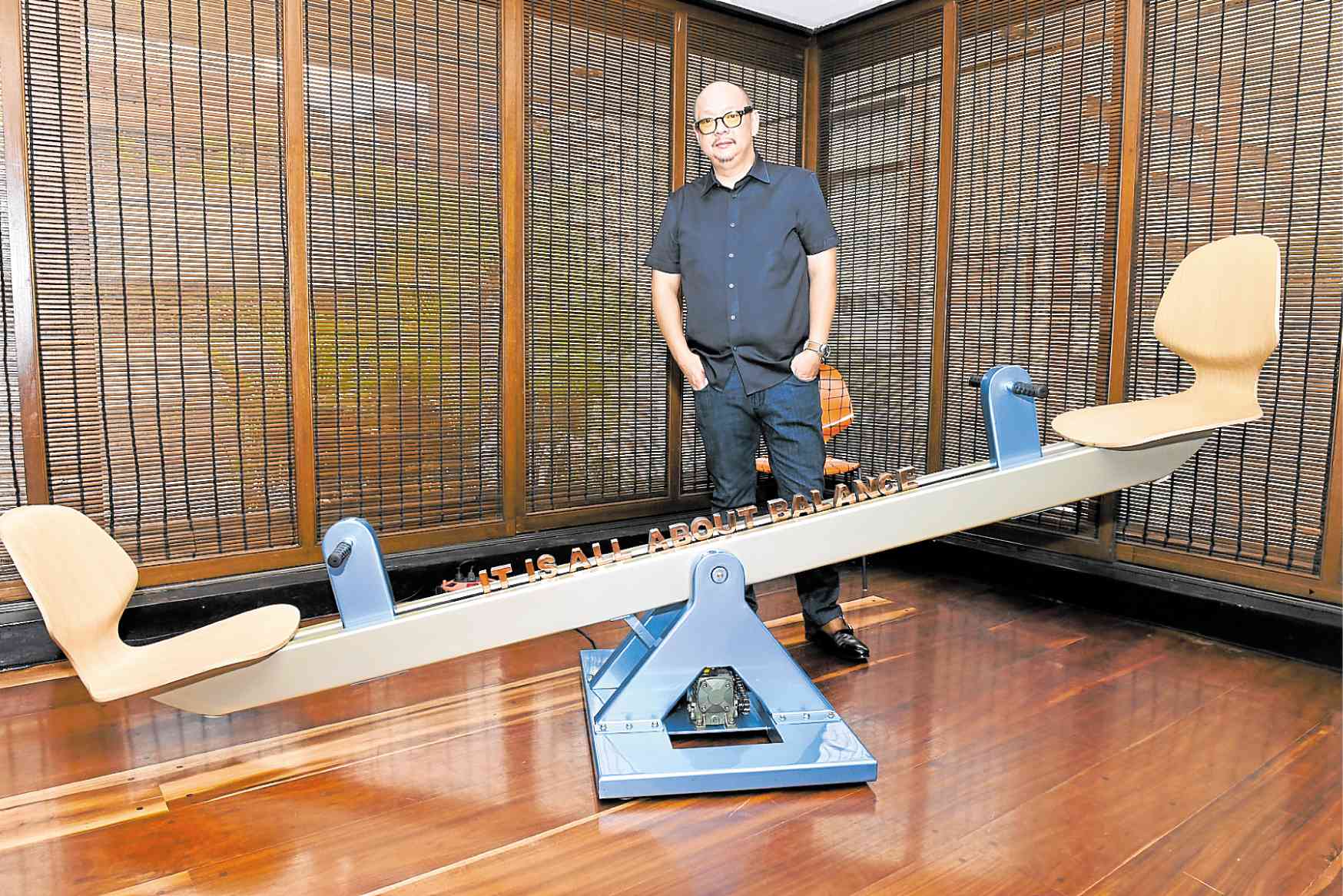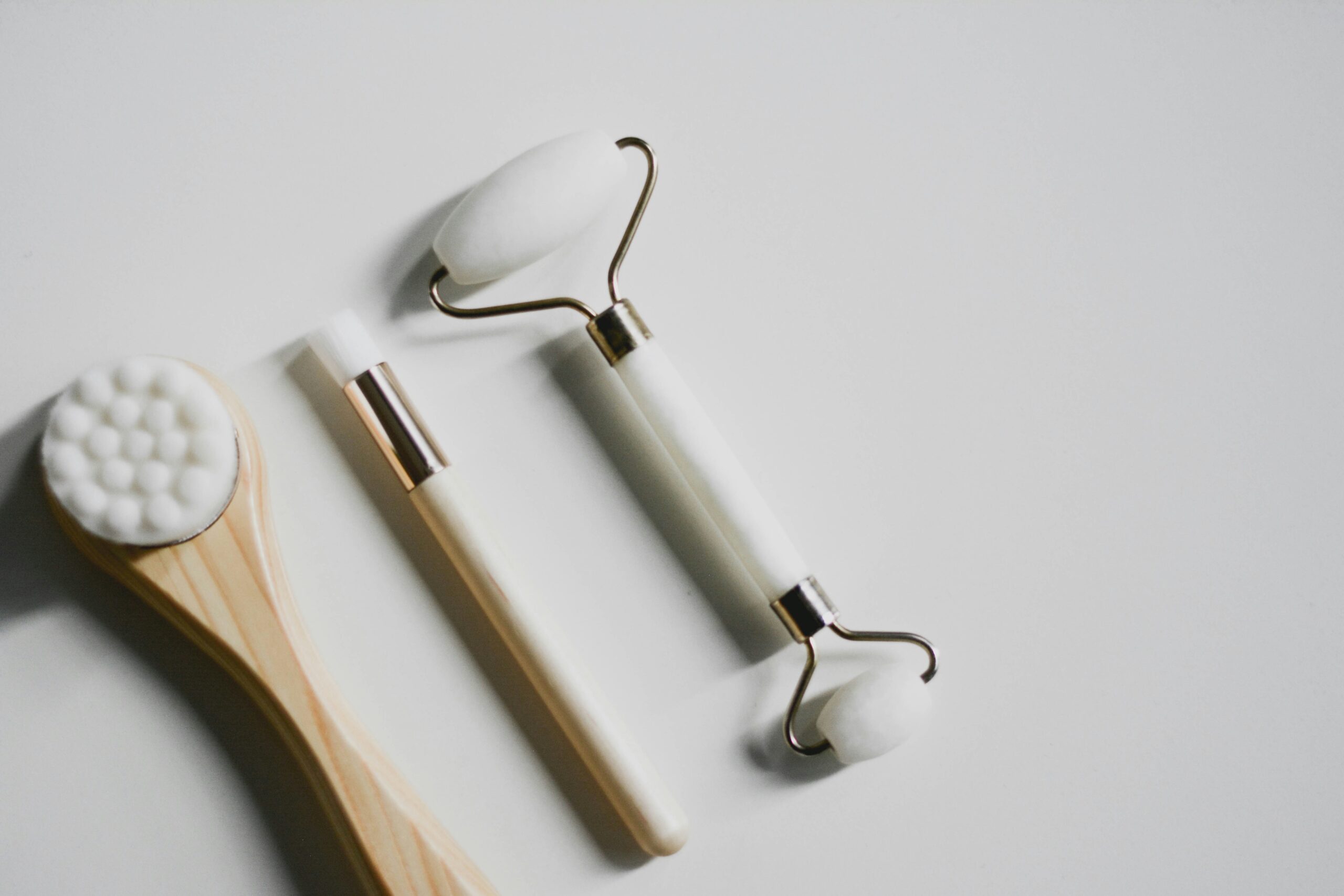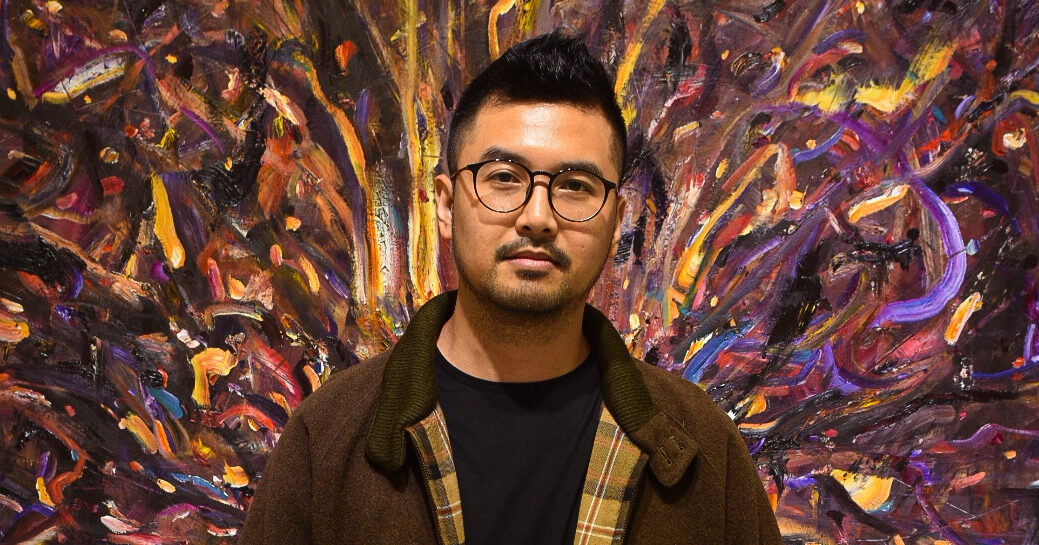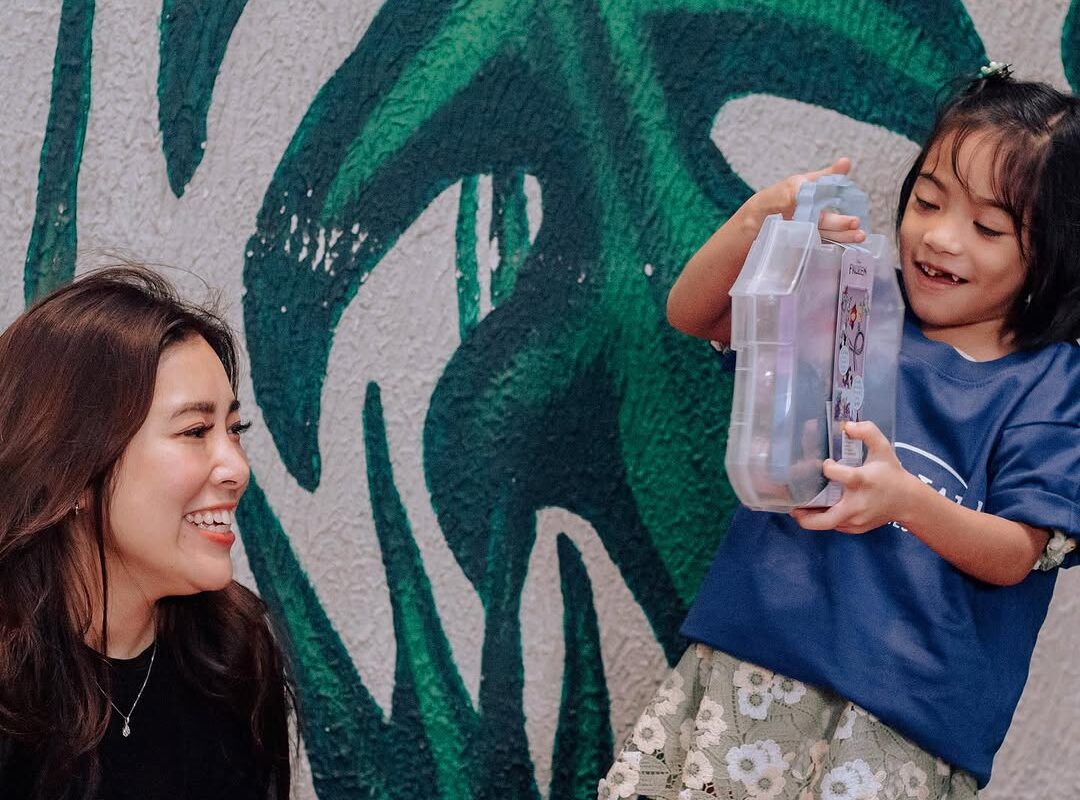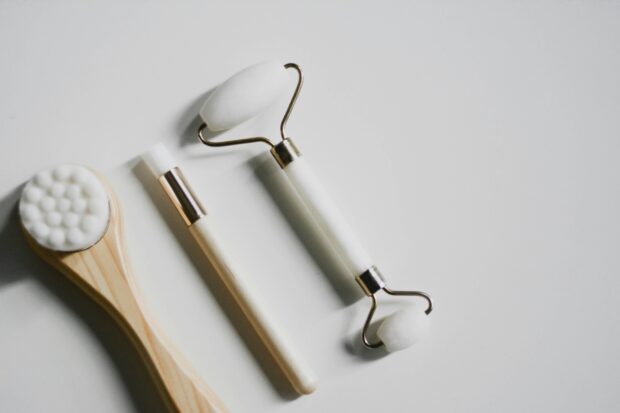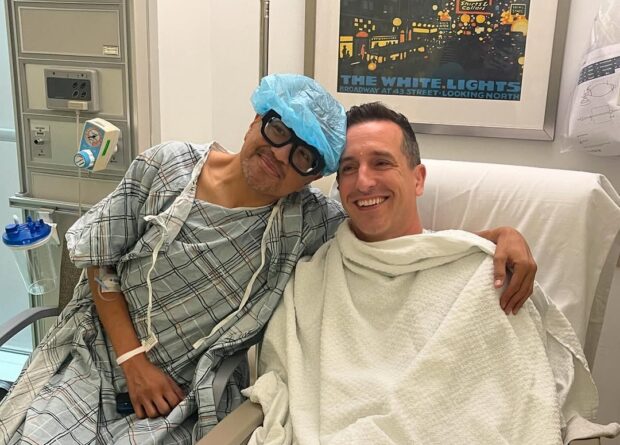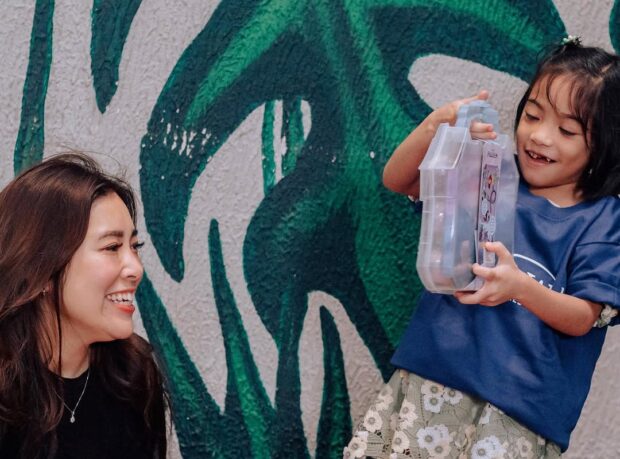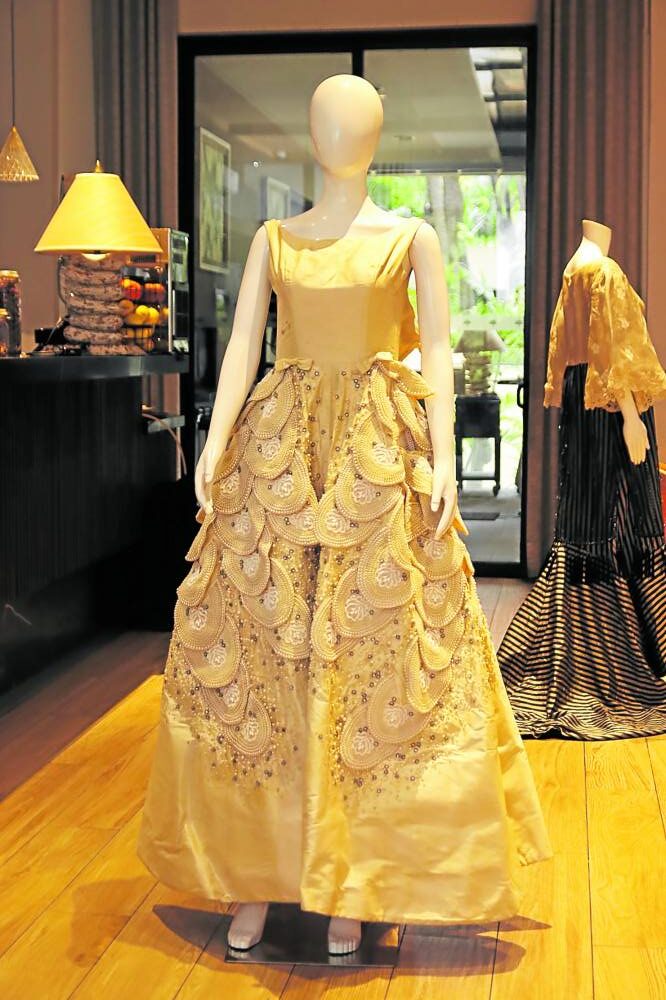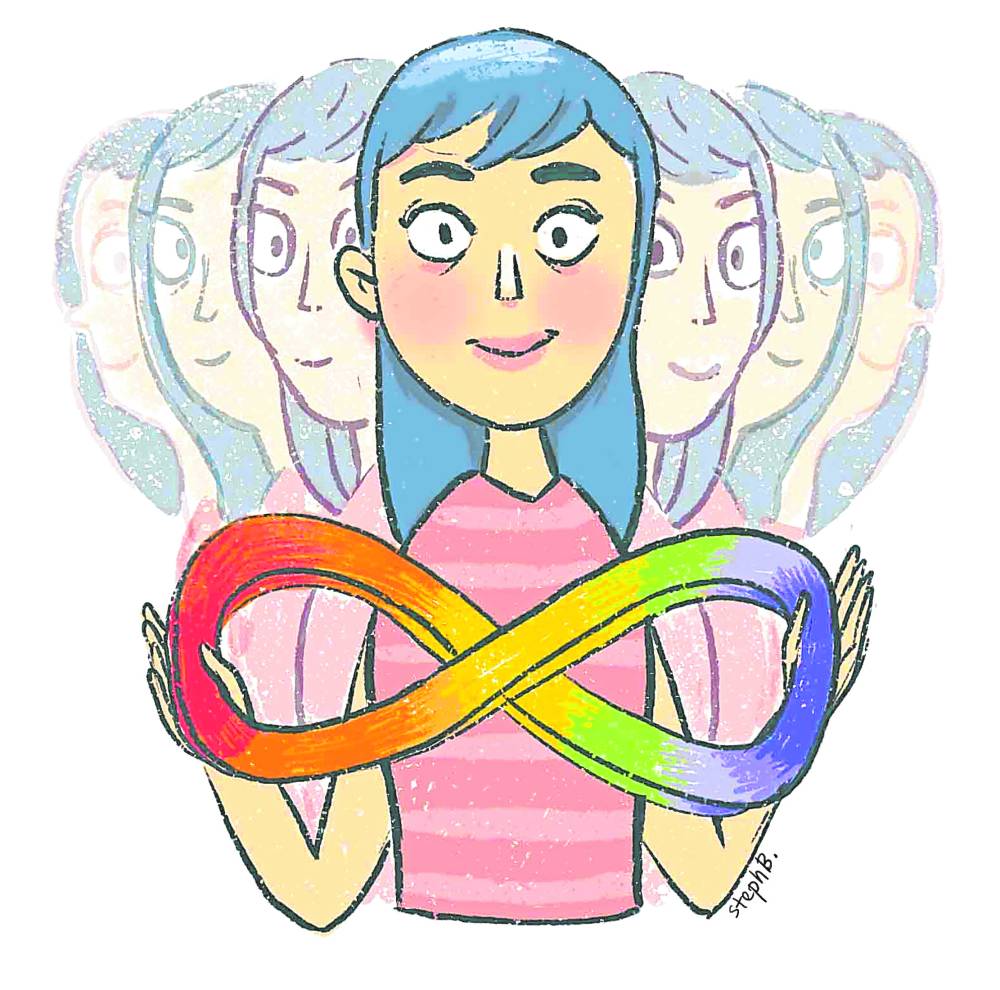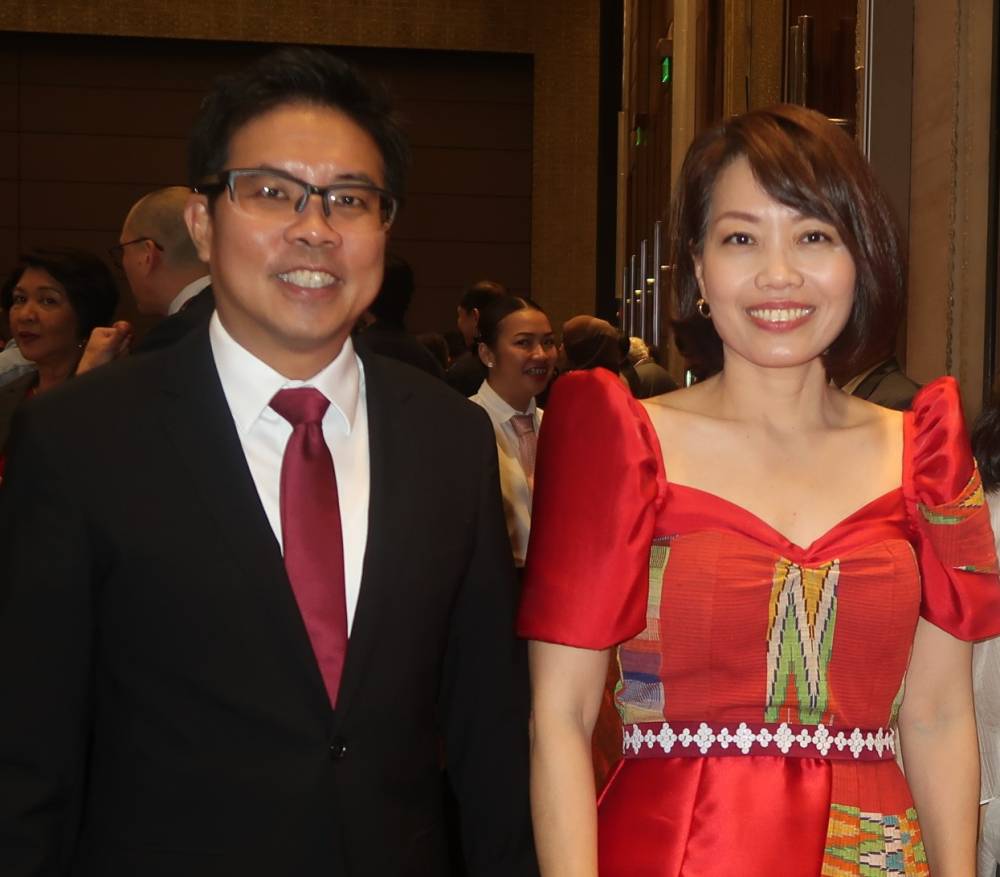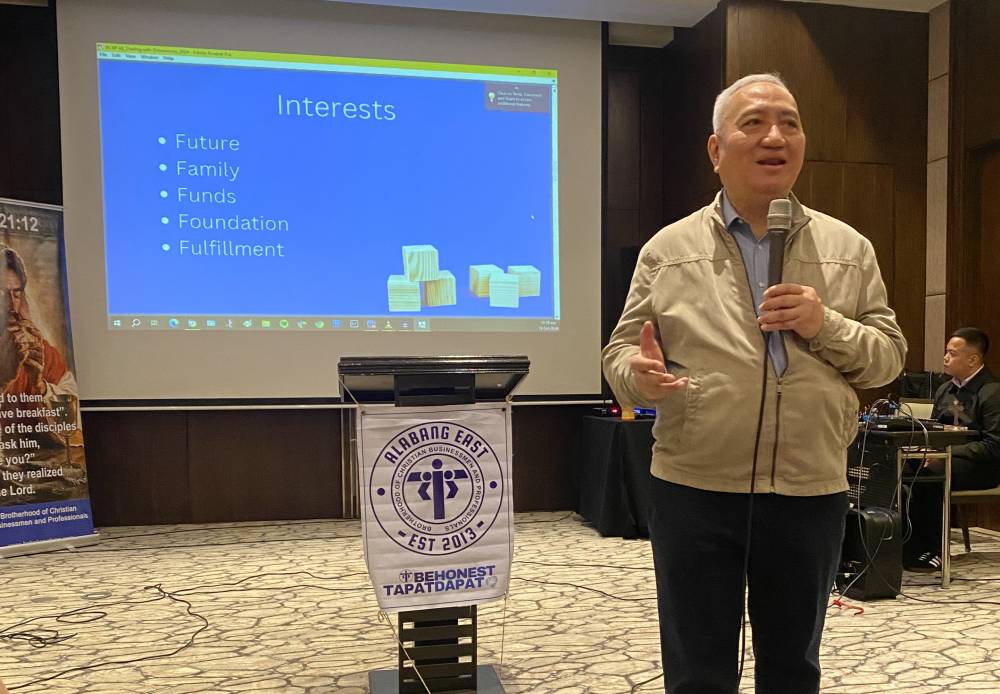The romantic image of the artist suffering for his art dies hard.
Could Munch have painted “The Scream” if he wasn’t himself gripped by a nameless dread?
Or could Yayoi Kusama have created her deliriously detailed pop art if she didn’t suffer from hallucinations and obsessive compulsive disorder?
Would Van Gogh have been as great if he had been happy and well-adjusted, rather than manic-depressive?
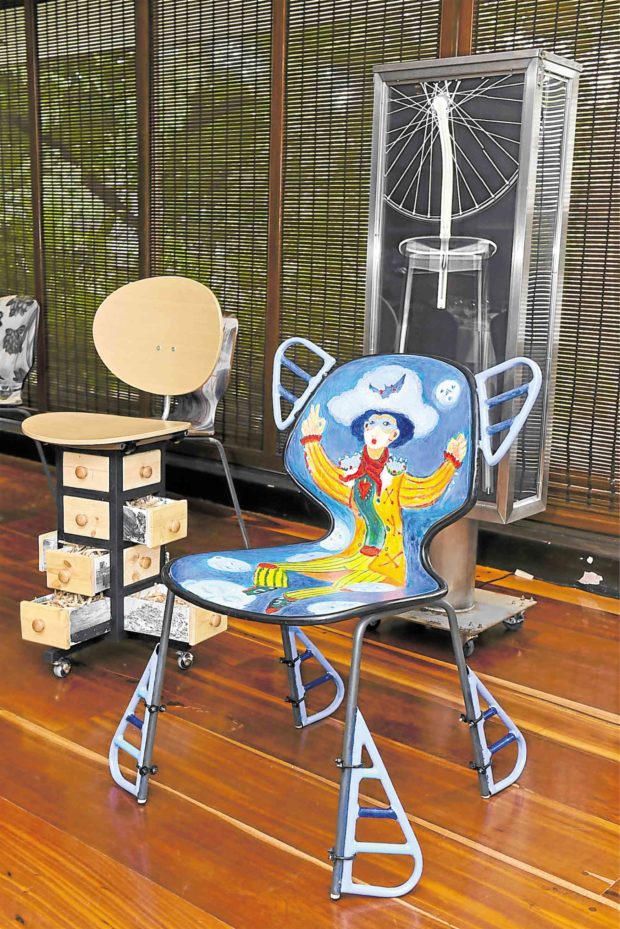
Recent scientific research has uncovered a genetic link between mental illness and creativity, suggesting that the old idea of a thin line separating genius and madness might have a biological basis after all.
In any case, “Chapter 2: The Empty Chair Project,” a unique exhibit ongoing at the Metropolitan Museum of Manila, hopes to serve as a springboard for a serious conversation on art, mental health and well-being.
Fifty-six contemporary Filipino artists were asked to interpret an empty chair according to their own creative vision. The result: 219 striking works of art, which will be sold to collectors to raise funds for the Visual Arts Helping Hands Foundation.
The Foundation aims to provide financial and other kinds of support to members of the visual arts community confronting medical emergencies and other health problems, including mental health issues which have become increasingly common.
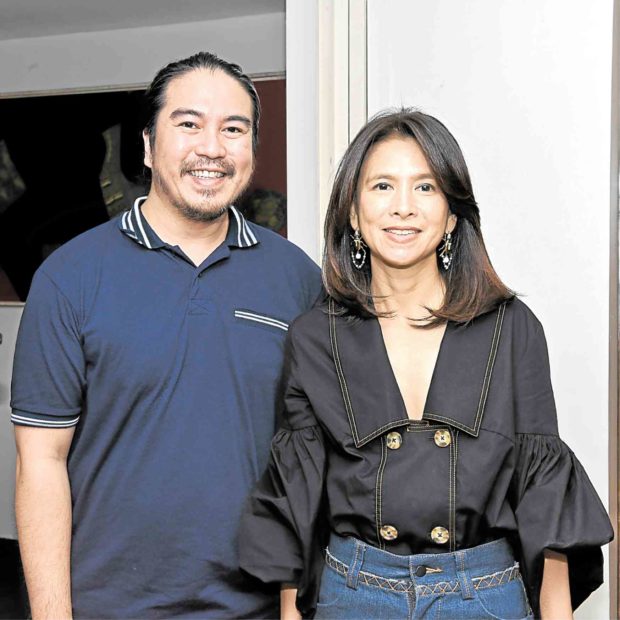
“Mental health is part of the overall well-being of a person,” says sculptor Daniel dela Cruz, founding member and current president of the foundation.
Mindset
“A lot of getting well and getting healthy has to do with mindset. If your mind is not there and your thoughts are not on the positive side, then even the physical will suffer.”
The empty chair can mean many things, he adds. It can signify the loss of a loved one, or a welcoming space for someone new to come into your life.
“It’s also a way of signifying that one has to sit back and consider one’s health, not just physical but also mental.”
Two of Dela Cruz’s pieces, in the form of seesaws, spell it out: “You cannot go it alone,” says one. “It’s all about balance,” says the other. Another of his pieces is titled, “We are not supposed to carry our burdens alone.”
With regard to the romantic notion of the suffering artist, Dela Cruz says we should distinguish between angst and anxiety, depression and other mental health disorders. One can spur artistic productivity, while the other can be debilitating and crippling.
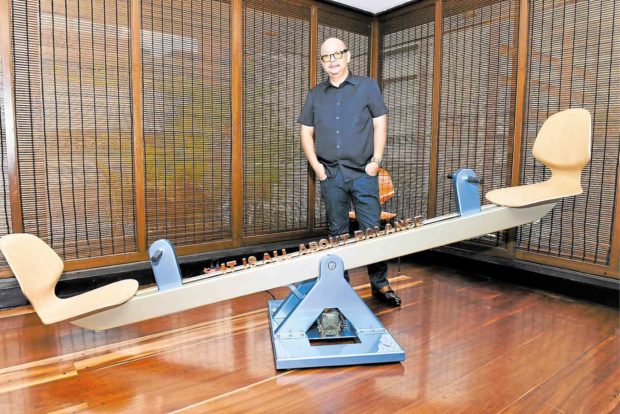
“Angst can be interpreted as a social statement, a way to demonstrate how you feel about society and the world we live in,” he says.
Mental health issues, on the other hand, are often more personal and private, and seldom revealed.
“It should be taken seriously,” he says. “A lot of friends suffer from it, and a lot have been lost, actually. One of the main thrusts of the foundation is to make a statement that art heals, not just the artist but the collectors as well. Relaxing and seeing and enjoying art is therapeutic for everyone.”
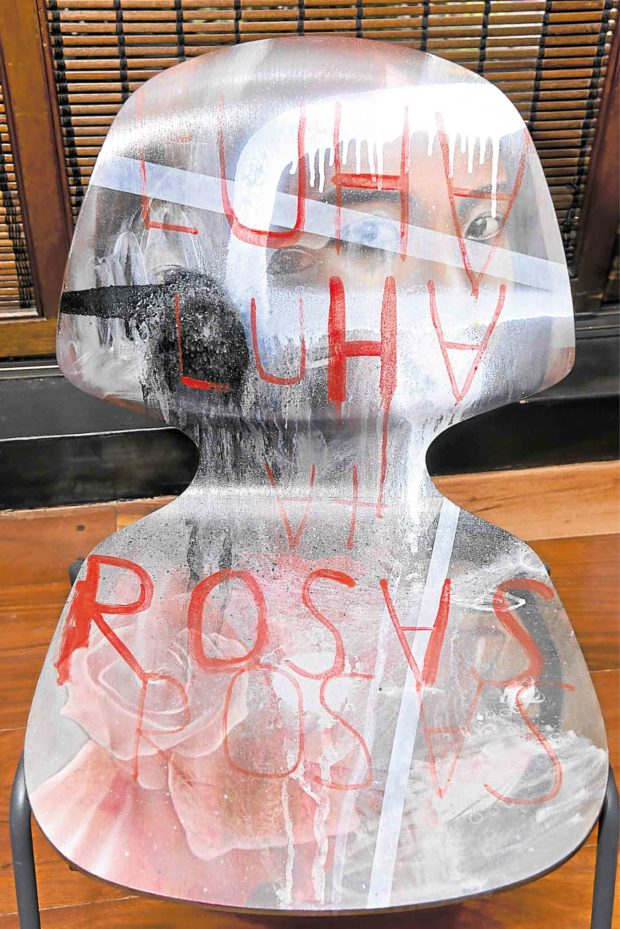
Among the contemporary artists who pitched in are Leo Abaya, Isabel and Alfredo Aquilizan, Annie Cabigting, Valeria Cavestany, Charlie Co, Louie Cordero, Jayson Cortez, Marina Cruz, Kawayan de Guia, Antipas Delotavo, Dexter Fernandez, Dino Gabito, Nona Garcia, Guerrero Habulan, Gregory Halili, Riel Hilario, Nilo Ilarde, Pete Jimenez, Erwin Leaño, Raul Lebajo, Luis Lorenzana, Gene Paul Martin, Jason Montinola, Leeroy New, Rando Onia, Jim Orencio, Bernie Pacquing, Lynyrd Paras, Richard Quebral, Marc Aran Reyes, Jose Tence Ruiz, Stanley Ruiz, Luis Santos, Ciron Señeres, Rodel Tapaya and MM Yu.
The exhibit was curated by Ricky Francisco for the Metropolitan Museum of Manila.
Support
“In a way, this is a call for people to support each other,” says Francisco. “Society right now is in such a way that there’s more pressure and less support. The role of empathy and compassion in [promoting] mental health [should be emphasized].”
As the curatorial notes state: “As the artists offer us their chairs and stools, we are reminded of our duty to each other. In a community that is highly stratified and divided by status and affiliations into cliques and groups, the act of offering a chair reminds us of all the precious qualities that unite us and make us human.
“In an art scene that is increasingly driven by the market, the act of offering a seat and receiving it in turn, reminds us of generosity and camaraderie. In these troubled times, their act of welcoming us with their seats provide us comfort, and inspire us to do the same to others in return.”
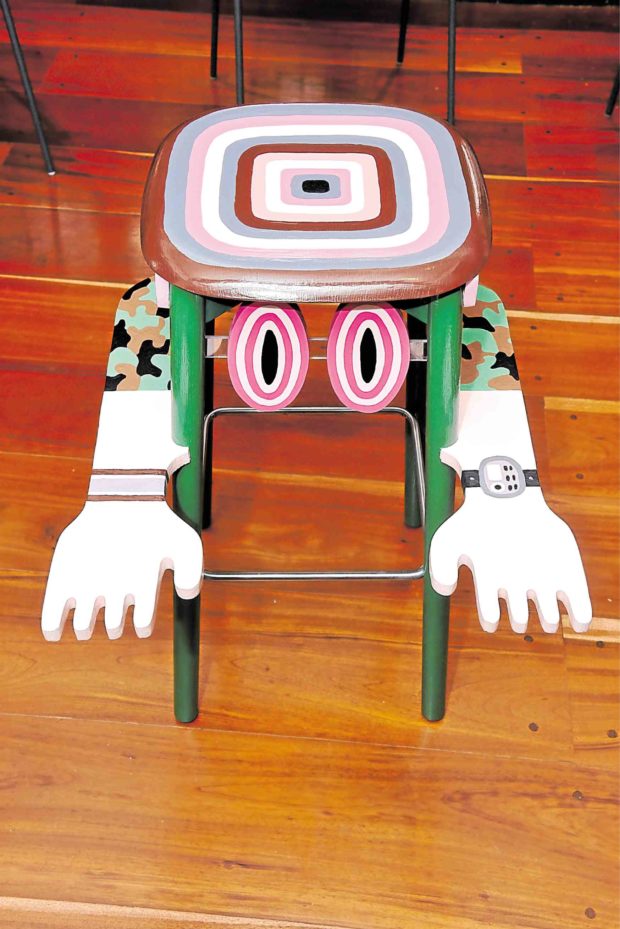
“We thought of focusing on mental health because a lot of people are in a depressive state, specially among creatives and young people,” says Dr. Joven Cuanang, the foundation’s chair.
“People tend to be more isolated now. They lack personal connection, warm, human connection. I always say that art heals, for the artist and hopefully for other people who want to express their creativity.”
“Chapter 2: The Empty Chair Project” is on exhibit at the Metropolitan Museum of Manila until Jan. 31, 2020.

